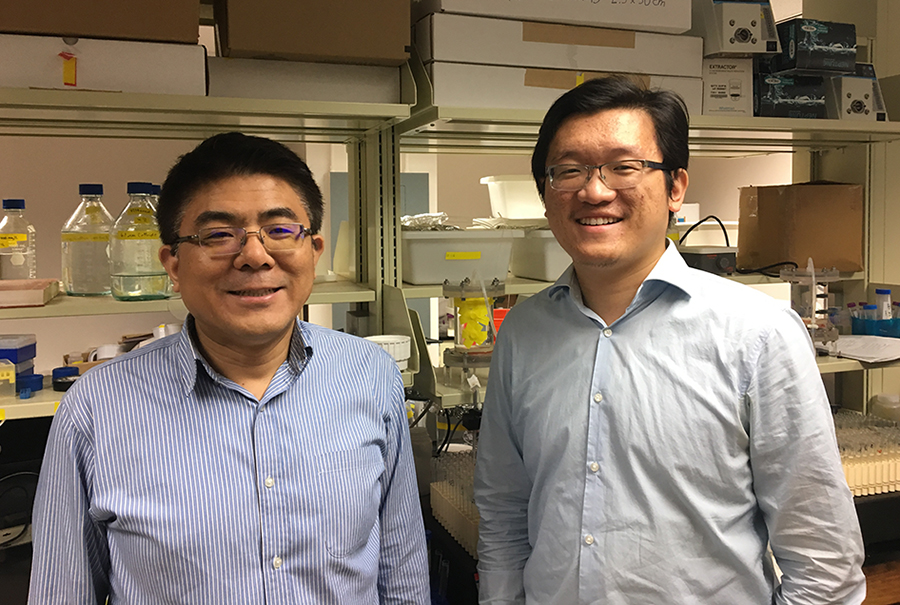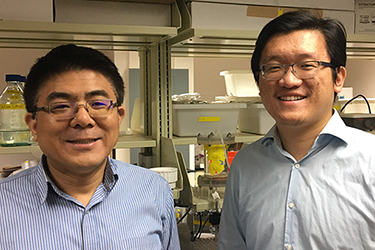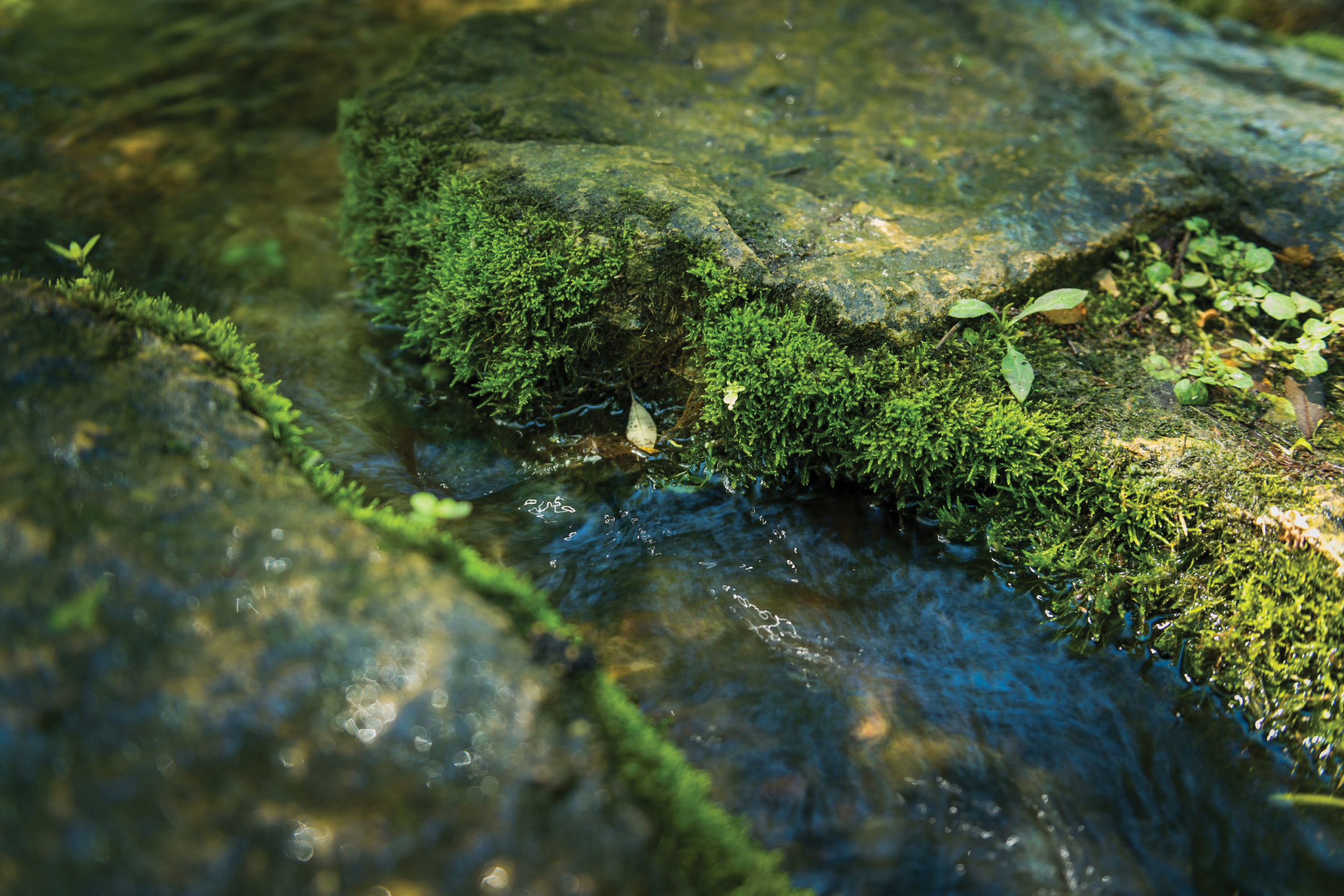
Oct. 8, 2018
By Jennifer A. Smith
According to the Wisconsin Department of Natural Resources, about a quarter of Wisconsinites depend on water drawn from over 800,000 private wells around the state. While private wells can be safe and dependable sources of water, the DNR recommends testing them annually for contaminants.
Arsenic is one of the troublesome substances that can be present in well water. Although a naturally occurring element, it can cause severe negative health impacts in high-enough concentrations.
The University of Wisconsin-Madison Water Resources Institute (WRI) is funding research that will ultimately help protect public health by filling critical gaps in knowledge relating to arsenic in Wisconsin. WRI is part of the Aquatic Sciences Center on the UW-Madison campus.
Two University of Wisconsin-Milwaukee researchers, Dr. Shangping Xu and Dr. Yin Wang, are conducting the study. Together, Xu and Wang will gain a better understanding of arsenic concentrations and speciation (the specific type of arsenic present in a certain case) under normal pumping conditions.
The professors’ work is funded through WRI’s “State of Groundwater Research and Monitoring” program.
Xu is an associate professor of geosciences whose research focuses on the protection and sustainable use of groundwater resources. Dr. Wang is an assistant professor of civil and environmental engineering with interests in environmental geochemistry and water quality control.
Said Xu, “In Wisconsin, we know we have this arsenic issue, but when we looked at the [scientific] literature, we could not find much about speciation, so we decided to write this research proposal.”
Xu and Wang bring a unique, holistic approach to the issue of arsenic, having worked for the last several years on designing filters that can remove it.
“We can work on both the contamination side and the treatment side,” said Xu. “What we found is that, if you want to remove arsenic, you need to care about the speciation. For example, the removal mechanisms and techniques are different.”
The research is currently getting underway. Right now, the pair is working on identifying wells that are representative of Wisconsin’s arsenic situation across the state.
A significant number of private wells in the Fox River Valley region have shown arsenic concentrations that exceed the standard for drinking water, and there have been problems in southeast Wisconsin and other parts of the state as well.
As they undertake this research, Xu and Wang will collaborate with county health departments. As Xu put it, “They know the arsenic concentration situation [in their areas] already. They’ll say, for example, in Cedarburg 28% of wells are contaminated by arsenic, and so we’ll try to work with them and identify the wells of highest concern, and our results will be conveyed to the health departments.”
Xu and Wang’s work holds promise to make private well water safer for Wisconsinites, particularly through a better understanding of arsenic speciation. “You need very different techniques to treat arsenic III and arsenic V, so it’s really important to know the speciation of arsenic to determine the optimal treatment techniques.”
Ultimately, while safe water is something many people take for granted, “Most people are unaware of what’s in their water,” said Xu. “That being said, it doesn’t mean they’re not concerned.”




